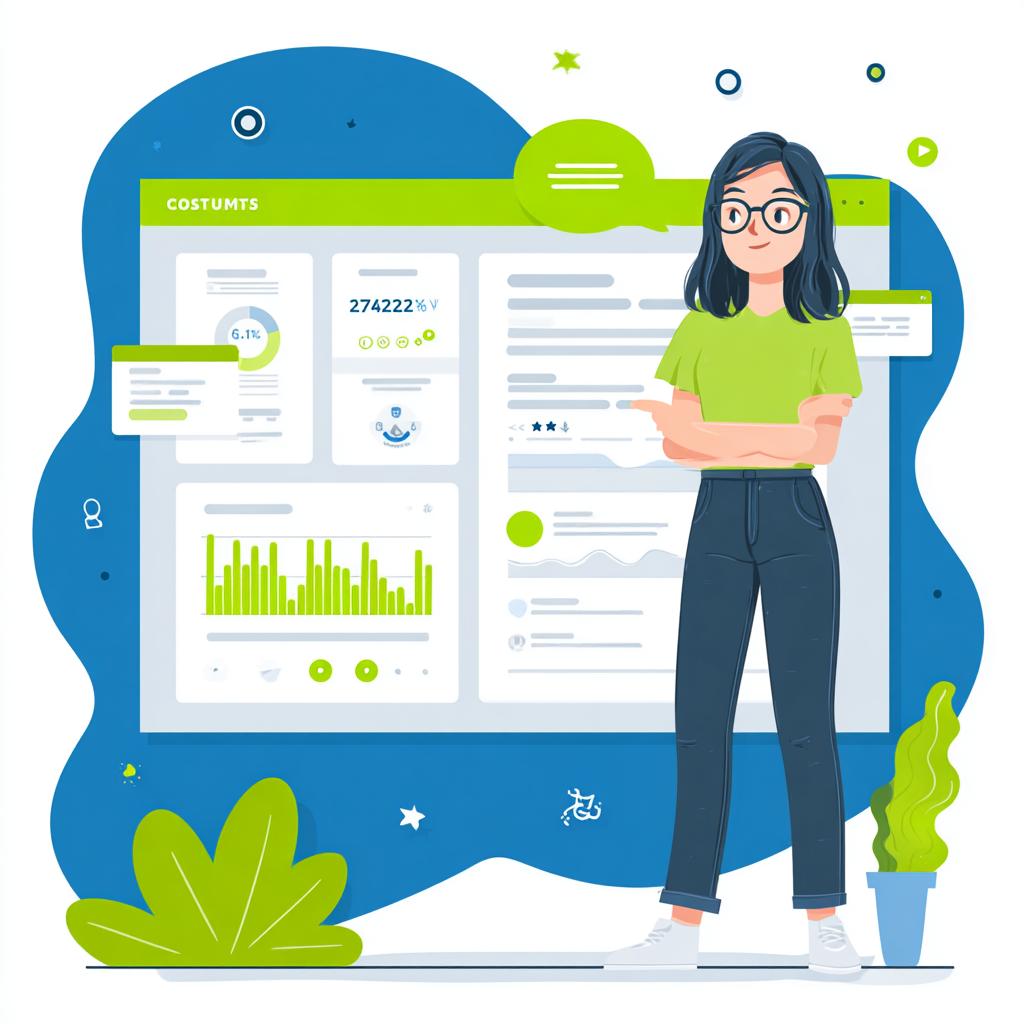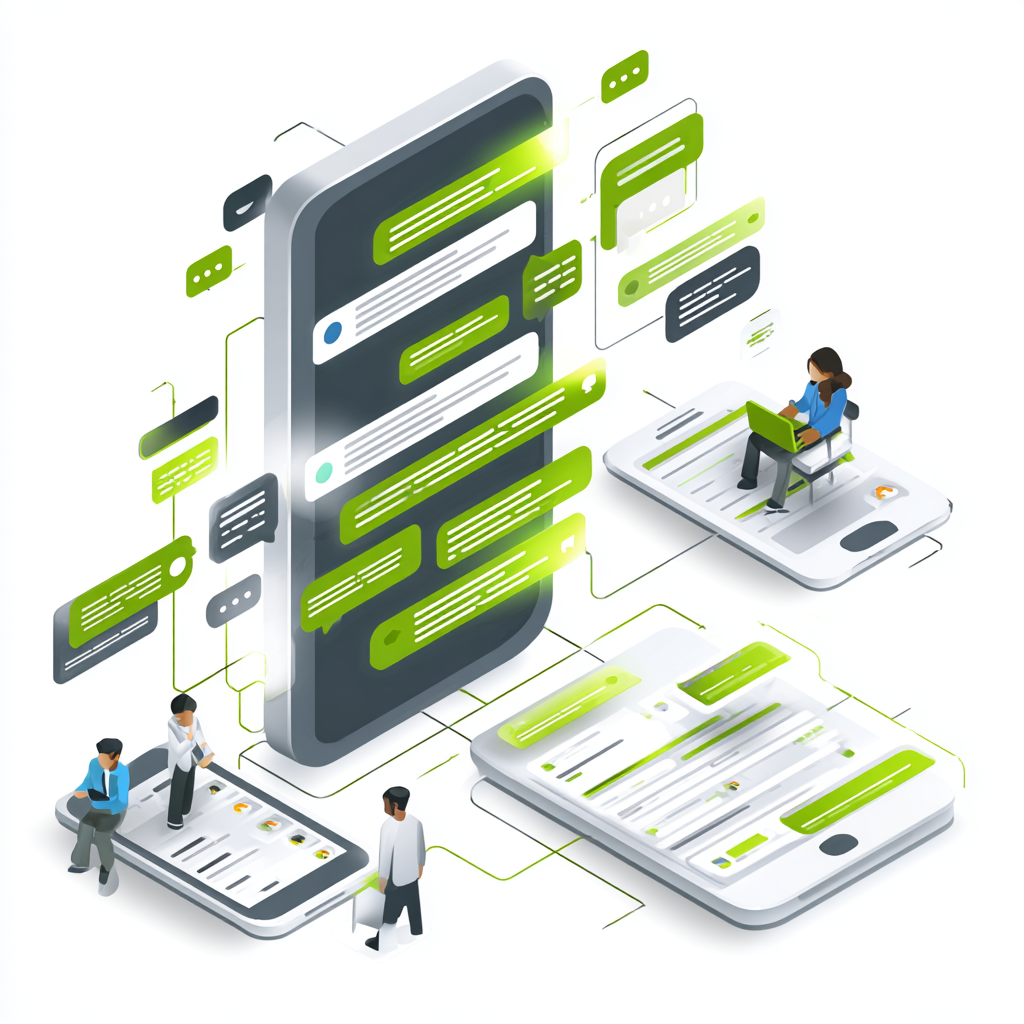In today’s customer-centric world, businesses can no longer rely solely on great products or competitive prices to win over customers. What sets thriving companies apart is their ability to deliver memorable, consistent, and meaningful experiences across every touchpoint. This is where a customer experience strategy comes into play. So, what is a customer experience strategy, and why should every business, big or small, care about having one? Let’s dive into what it means, why it matters, and how to develop a solid strategy that keeps your customers coming back for more.
Understanding customer experience
Before we discuss the strategy, let’s start with the basics. Customer experience (CX) refers to how customers perceive their interactions with a brand throughout their journey, from initial awareness and product discovery to purchase, use, and even after-sales service. It encompasses everything: the ease of use of your website, the helpfulness of your customer service, the tone of your emails, and even the packaging of your product. It is the sum of every single touchpoint. A positive customer experience leads to customer satisfaction, loyalty, and advocacy. A poor one? Well, it could send customers running to your competitors.
So, what is a customer experience strategy?
A customer experience strategy is a clear plan that outlines how your business will deliver positive, consistent, and personalized customer experiences across all interactions. It is not just about making customers happy, although that is a great outcome. It is about aligning your people, processes, technology, and brand promise to serve the customer better at every stage of their journey. In simpler terms, it answers questions like:
- How do we want customers to feel when they interact with our brand?
- What systems and people do we need to make that happen?
- Where are we currently failing or falling short?
- How can we measure and improve customer experience over time?
Why customer experience strategy matters
Let’s face it: customer expectations are higher than ever. They want fast responses, personalized service, intuitive technology, and brands that understand their needs. Without a strategy, your business is merely reacting, which is a risky approach. Here are a few reasons why developing a customer experience strategy is essential:
- Customer retention: Research indicates that retaining customers is more cost-effective than acquiring new ones. An intense experience builds trust, reduces churn, and increases lifetime value.
- Brand loyalty and advocacy: Happy customers don’t just return—they spread the word. With a good strategy, you’re not just creating buyers; you’re building brand ambassadors.
- Competitive advantage: A well-defined customer experience strategy can differentiate you in a crowded market. People may forget what you said, but they’ll remember how you made them feel.
- Increased revenue: Research by PwC shows that customers are willing to pay up to 16% more for great experiences. That translates directly to higher profits.
Core elements of a customer experience strategy
Now that we have addressed the customer experience strategy, let’s examine what makes a good one. Here are the core building blocks:
- Customer personas and journey mapping: You cannot build a good experience without knowing who your customers are. Start by developing detailed personas, demographics, motivations, pain points, etc. Then map out their journey from awareness to purchase and beyond.
- Customer-centric culture: A strategy is only as strong as the people behind it. Train your team to put the customer first. Everyone from leadership to frontline staff should understand the value of great CX.
- Omnichannel consistency: Whether a customer contacts you via social media, email, phone, or in-store, the experience should be seamless and consistent. Consistency builds trust.
- Personalization: Customers crave tailored experiences. Utilize data and technology to provide personalized recommendations, send targeted messages, and treat customers as individuals, not just numbers.
- Feedback and continuous improvement: Listening is key. Use surveys, reviews, and social listening to gather feedback. Then, act on it. Continuously improving shows customers you value their opinions.
- Technology and tools: From CRM systems to chatbots and email automation, the right tools can help deliver a better, faster, and more personalized experience.
How to develop your customer experience strategy
Let’s break it down into actionable steps.
Step 1: Define your customer experience vision
Start by asking, “What kind of experience do you want your customers to have?” This vision should align with your brand’s values and promise. Make it simple and easy for all employees to understand.
Example: “We aim to make every customer feel heard, valued, and empowered.”
Step 2: Know your customer
Use surveys, analytics, and direct interviews to learn who your customers are, what they want, and what frustrates them. Segment your audience into personas with unique needs and preferences.
Step 3: Map the customer journey
Identify all the stages a customer goes through when interacting with your brand. Highlight the “moments of truth” key interactions that can make or break the experience.
Step 4: Identify pain points
Pinpoint where customers face friction or frustration. Are there long wait times? Confusing websites? Unhelpful staff? Use data to uncover weak spots.
Step 5: Set customer experience goals and KPIs
Once you know what needs fixing, set goals. Ensure that you track and measure progress regularly. These could be:
- Reducing churn by 10%
- Improving NPS (Net Promoter Score) by 15 points
- Increasing customer satisfaction survey scores
Step 6: Empower your employees
Happy employees = happy customers. Train your team, listen to their insights, and equip them with the tools they need to serve customers more effectively.
Step 7: Invest in the right tech
The goal is to simplify and enhance the customer journey. Consider tools like:
- CRM platforms to track customer data
- Live chat for quick responses
- AI-powered chatbots for 24/7 support
- Analytics tools to understand behavior
Step 8: Listen and adapt
Customer expectations evolve. Continue to monitor feedback channels, online reviews, and support tickets, and be prepared to refine your strategy over time.
Examples of brands with excellent customer experience strategies
Looking for real-world inspiration? These brands have nailed their customer experience game:
1. Amazon
Amazon’s entire business is built on customer obsession. Fast shipping, easy returns, personalized recommendations, and 24/7 support make it a benchmark in customer experience.
2. Apple
Apple stores are known for their clean design, friendly staff, and seamless tech support. The focus is always on making customers feel empowered and excited about their product.
3. Zappos
Zappos is famous for going above and beyond. Their customer service reps are trained to do whatever it takes to make customers happy, even sending flowers or replacing lost shoes without question.
Common mistakes to avoid
Even with the best intentions, many brands struggle with customer experience because they overlook key realities. Here are some common missteps and why they matter:
- Treating customer experience as a one-time project: Customer experience (CX) isn’t a box you tick and forget; it is an ongoing commitment. Some companies launch CX initiatives with enthusiasm, then move on once the project concludes. But customer expectations change, new channels emerge, and market dynamics shift. If your strategy stays static, it quickly becomes outdated. Think of CX as a continuous journey, not a campaign.
- Ignoring employee feedback: Your employees, especially frontline employees, are your best source of insight. They interact with customers daily, hear their complaints, and understand their needs. Unfortunately, many companies create strategies in boardrooms without involving the people closest to the customer. The result? Solutions that look good on paper but fall flat in practice. Listening to your team can uncover simple fixes and spark big ideas.
- Over-automating the experience: While automation can boost efficiency, excessive automation can harm the customer relationship. Chatbots, self-service options, and automated emails are helpful but only if they complement human support, not replace it entirely. Customers still value honest conversations and empathy, especially when facing complex issues. A cold or robotic interaction can damage trust and leave customers feeling unimportant.
- Focusing solely on metrics: Metrics such as Net Promoter Score (NPS), Customer Satisfaction (CSAT), and response times are helpful, but they do not tell the whole story. It’s easy to become obsessed with improving numbers while missing the experience behind them. For example, customers may rate your service as “satisfactory” while quietly switching to a competitor because they felt unheard. Balance data with qualitative feedback. Ask questions. Read between the lines. Put faces to the figures.
Measuring the success of your customer experience strategy
Once your strategy is in place, it’s time to track how well it works. Here are a few key metrics to monitor:
- Net Promoter Score (NPS) – Measures how likely customers are to recommend you.
- Customer Satisfaction Score (CSAT) – Gathers feedback on specific interactions.
- Customer Effort Score (CES) – Evaluates how easy it is to do business with you.
- Churn Rate – Shows how many customers you’re losing.
- Repeat Purchase Rate – Indicates the level of loyalty among your customers.
Final takeaway: put the customer first, always
So, what is a customer experience strategy? Essentially, it is your game plan for creating exceptional, human-centered experiences that build trust, loyalty, and long-term success. It involves understanding your customers, aligning your team, streamlining touchpoints, and constantly evolving to meet changing needs. Companies that invest in a strong customer experience strategy tend to thrive in a world where customers hold significant power. Start small. Listen often. Improve constantly, because at the end of the day, your customer experience is not just part of your business, it is your business.





